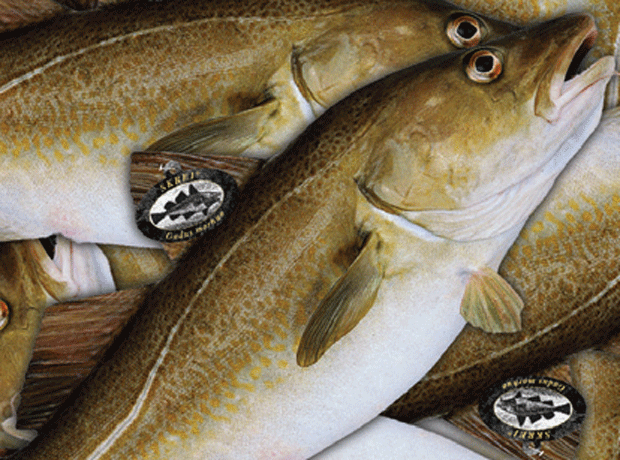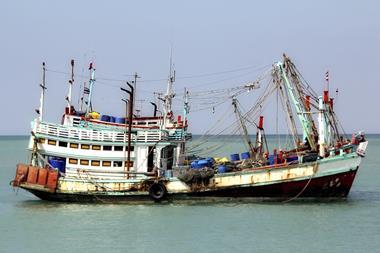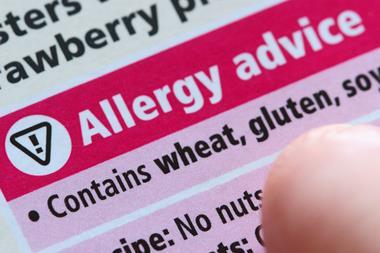
Retailers and processors have been given clearer guidance on safe storage temperatures for pre-packed fish.
The European Food Safety Authority (EFSA) has published a report on appropriate temperatures to apply to pre-packaged fishery products at retail level – resolving some of the ambiguity that exists around EU rules.
Current EU legislation does not define a specific temperature for transport or storage of fishery products but instead refers to ‘temperature approaching that of melting ice’. This is generally interpreted as meaning the fish should be touching ice, making compliance difficult to demonstrate for pre-packed products.
The European Commission therefore asked the EFSA to establish what temperatures could be applied when icing is not possible.
EFSA assessed the effect of temperature on the main foodborne hazards from fresh fish - histamine, Listeria monocytogenes, Clostridium botulinum and Yersinia enterocolit.
It concluded that fish could be stored at temperatures above 0 °C – for example 3-5°C - and still comply with EU rules, but warned higher temperatures would shorten the shelf life of pre-packed products. The CO2 content in packaging was also found to influence pathogen formation.
Outlining various combinations of temperature, shelf life and CO2 that could be safely applied, EFSA recommended that any future legislation should apply clear temperature values to specific products, rather than the current vague statement.
Michaela Archer, head of information at Seafish, said EFSA’s findings shouldn’t cause any problems for the UK supply chain – which generally interprets the current EU guidelines as 0-2°C.
“The suggested temperatures stated in this report are above the normal commercial practice in the UK,” she said.
“The seafood supply chain in the UK is already very focused on keeping the temperature of fishery products as low as possible and many checks are in place to ensure temperature control has been effective.”















No comments yet